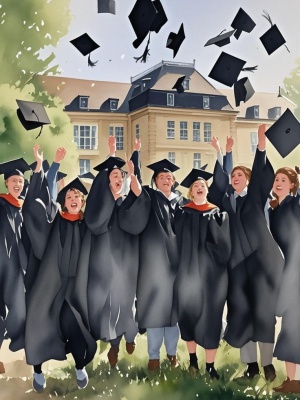The Ultimate Guide to Watercolor Reference: Techniques and Resources
Introduction
Watercolor painting is a beautiful and expressive medium that requires both skill and proper references to master. Whether you're a beginner or an experienced artist, having the right watercolor reference materials can significantly improve your artwork. This guide explores everything you need to know about watercolor references, from finding inspiration to applying techniques effectively.
Why Watercolor References Matter
References serve as the foundation for any successful watercolor painting. They help artists understand composition, lighting, and color harmony. Without proper references, even the most skilled painter may struggle to create realistic or compelling artwork.
The Problem-Solution Matrix
- Problem: Difficulty capturing realistic textures
- Solution: Use high-quality photo references with clear texture details
- Problem: Color mixing challenges
- Solution: Study color charts and swatches from professional artists
- Problem: Composition issues
- Solution: Analyze master paintings and create thumbnail sketches
Types of Watercolor References
There are several types of references that watercolor artists can utilize:
1. Photographic References
High-resolution photos are invaluable for watercolor artists. Websites like MediaAI Art Gallery offer excellent reference material. When using photos:
- Choose images with good lighting and contrast
- Look for interesting textures and patterns
- Consider the composition before starting
2. Master Studies
Studying works by watercolor masters like John Singer Sargent or J.M.W. Turner provides excellent learning opportunities. The AI Painting Guide discusses how technology can help analyze these masterpieces.
3. Live References
Nothing beats painting from life. Whether it's a still life setup or plein air painting, live references offer:
- Authentic color relationships
- Dynamic lighting conditions
- Immediate feedback on your work
Creating Your Own Reference Library
Building a personal reference library is crucial for consistent artistic growth. Here's how to create an effective system:
Digital Organization
Use cloud storage or specialized apps to categorize your references. The MediaAI Art Blog offers tips on organizing digital art resources.
Physical Sketchbooks
Maintain sketchbooks for:
- Quick color studies
- Composition thumbnails
- Texture samples
Advanced Techniques Using References
Once you've gathered quality references, here's how to use them effectively:
Value Studies
Create monochromatic studies to understand the light and dark patterns in your reference. This technique is particularly helpful for complex scenes.
Color Isolation
Pick specific color schemes from your references to create harmonious palettes. The Portrait to Art Detail guide explains this process in depth.

Conclusion
Watercolor references are essential tools that can elevate your painting skills. By utilizing various reference types, building an organized library, and applying advanced techniques, you can create more compelling and professional artwork. Remember that references should inspire rather than limit your creativity - use them as guides rather than strict rules.
For more artistic inspiration and techniques, explore our gallery and blog sections. External resources like the American Watercolor Society also offer valuable reference materials and learning opportunities.